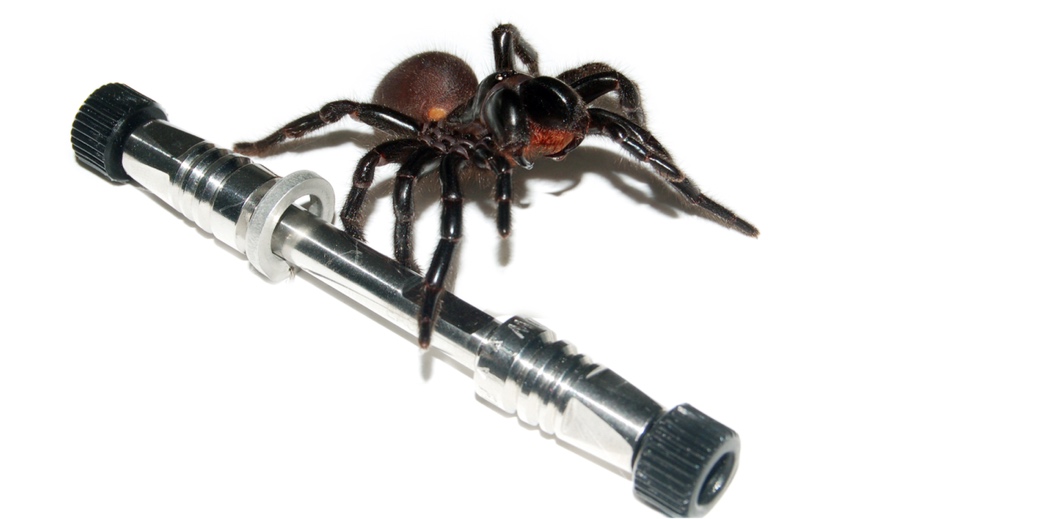Toxin-associated repetitive elements
Venoms are complex cocktails composed mainly of ten to hundreds of proteins and peptides, known collectively as toxins. In spiders, these toxins typically consist of peptides that are internally cross-braced to form neurotoxins with rigid strucutural domains. Recently, a new class of these spider neurotoxins that consist of two or more such domains interlinked by a polypeptide linker have been discovered. These bivalent toxins show both new pharmacological properties and potential within biotechnology.
This project seeks to address the question: Is bivalency a phenomenon restricted to genomic regions with repetitive elements?
The main aim is to use spider reference genomes to obtain a detailed overview of the transposable element content, and investigate whether transposable elements associate with particular evolutionary innovations in spider venom. As a proxy for evolutionary innovation, the student will investigate if transposable elements associate with bivalent toxin genes and their paralogues, using a functionally annotated toxin dataset from the two selected species.
Methods:
Bioinformatics, genomics, transcriptomics

Group and project
Our research group consists of nine members, each specializing in the evolution of venomous species, encompassing both invertebrates and vertebrates. Each member brings their unique expertise and professional networks to the table, offering the student an exceptional opportunity for knowledge acquisition and growth. We foster a collaborative environment through various activities, including a bi-weekly journal club where we engage in discussions of research questions related to venom and evolution in general. Additionally, we hold weekly lab meetings, providing a platform for both presenting and discussing the diverse projects that our group is actively involved in. Beyond our scientific pursuits, we also organize social events that contribute to build up our teamworking environment. The work carried out by the student will be part of a larger project funded by the Norwegian and European Research Councils, which aims to elucidate the venom system of Neuroptera by combining omics techniques, and comparative molecular and morphological evolution with evolutionary quantitative genetics. This multidisciplinary approach will elucidate the genetic and evolutionary mechanisms that underlie the emergence of venoms as complex evolutionary novelties and identify the molecular properties that facilitate or constrain their evolution across micro- and macroevolutionary timescales.
Please contact Eivind Andreas Baste Undheim or Robin Aasegg Araya for a meeting to learn more about the project.